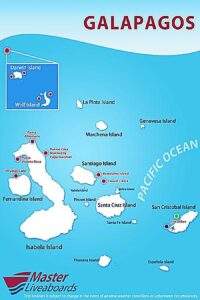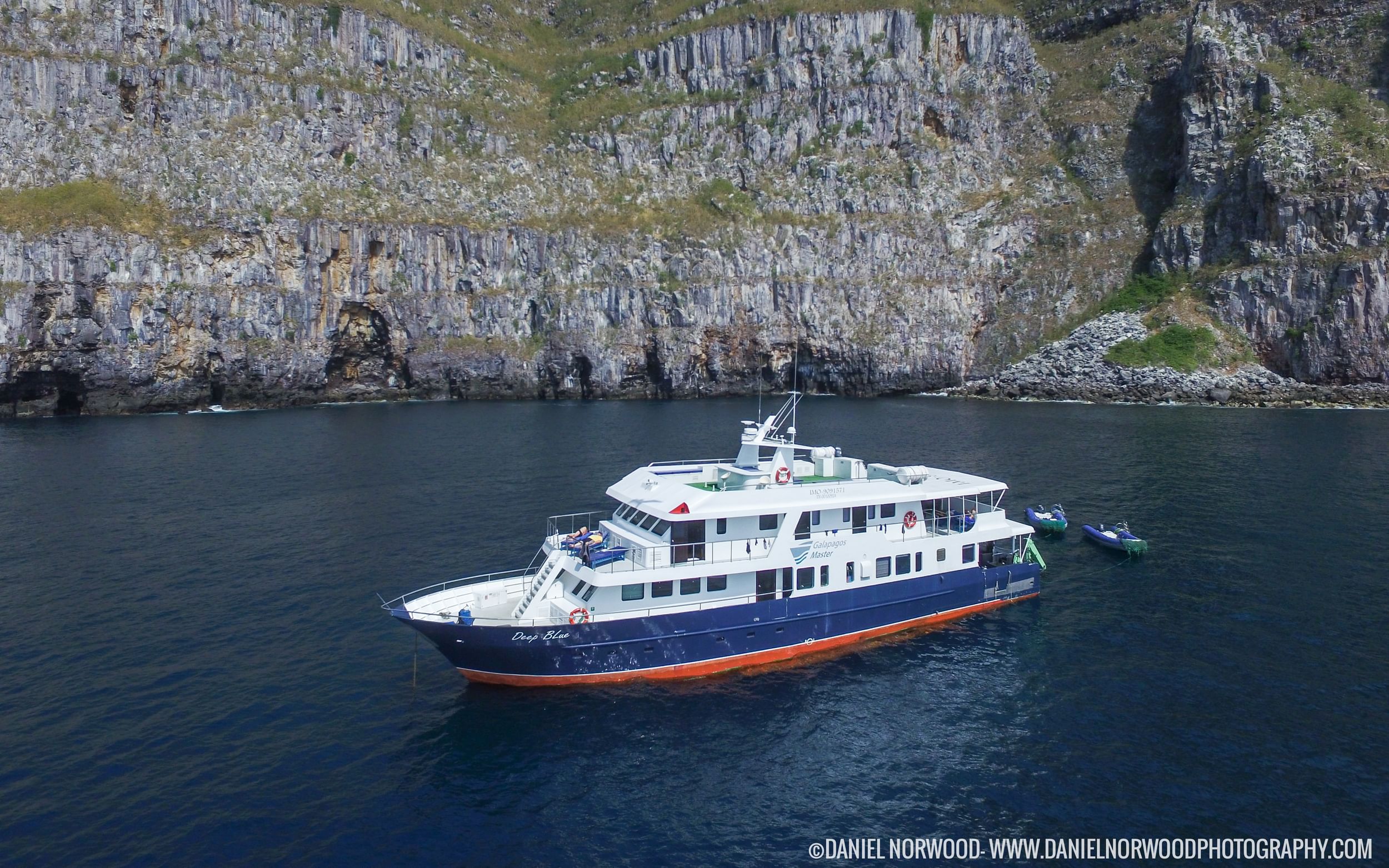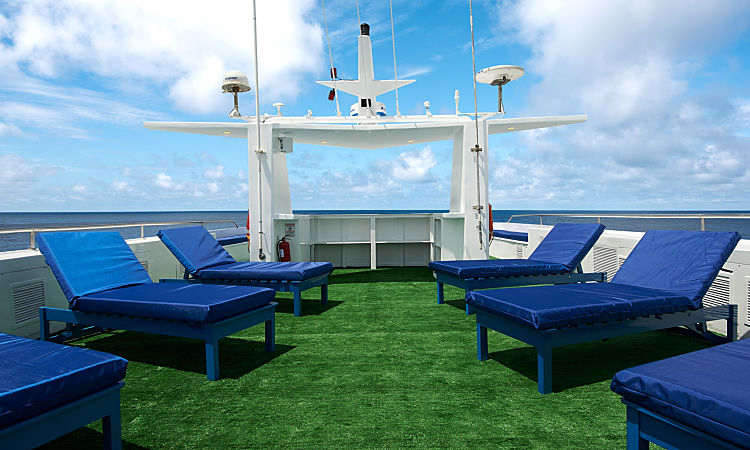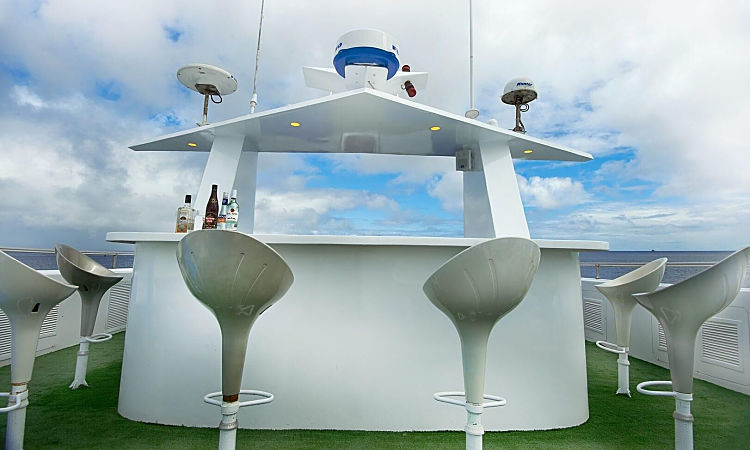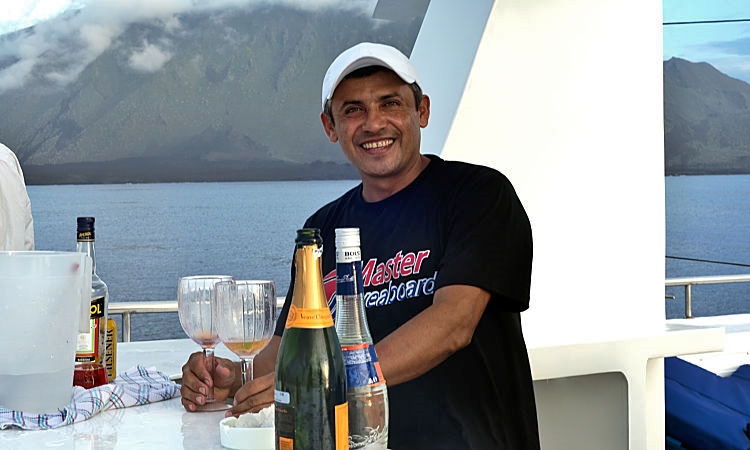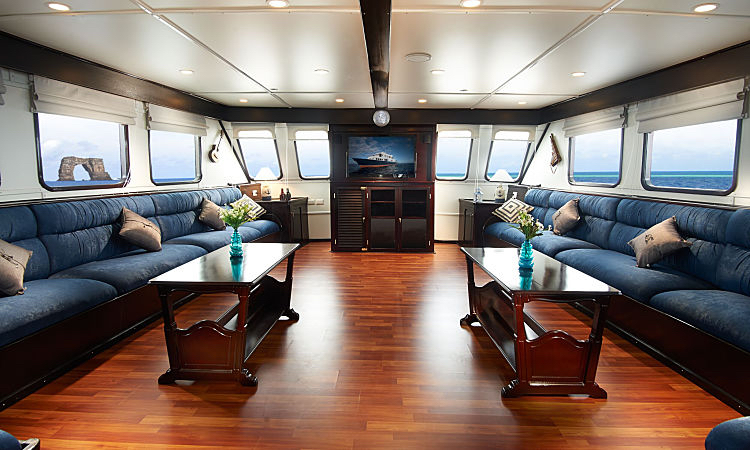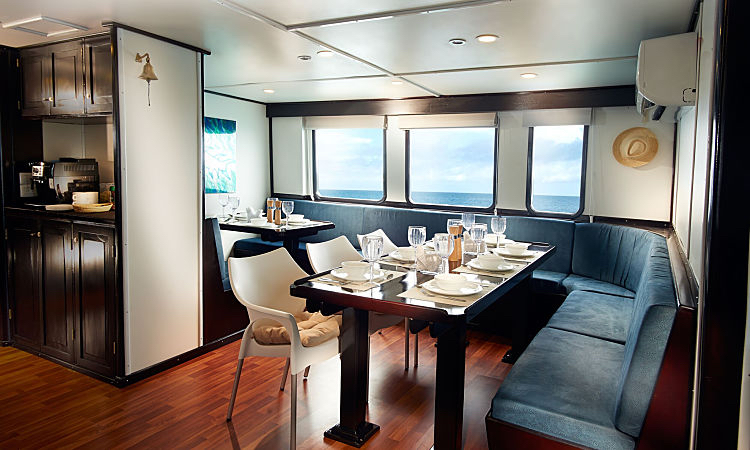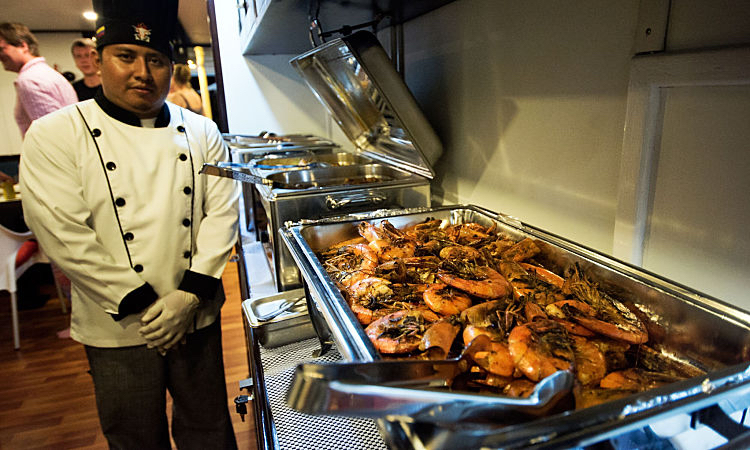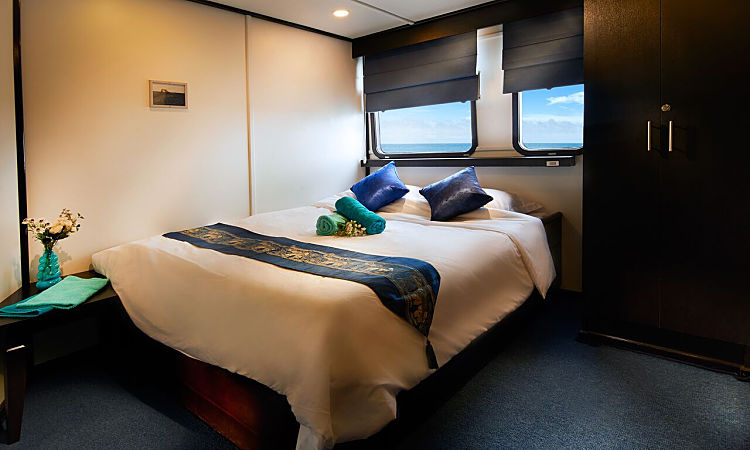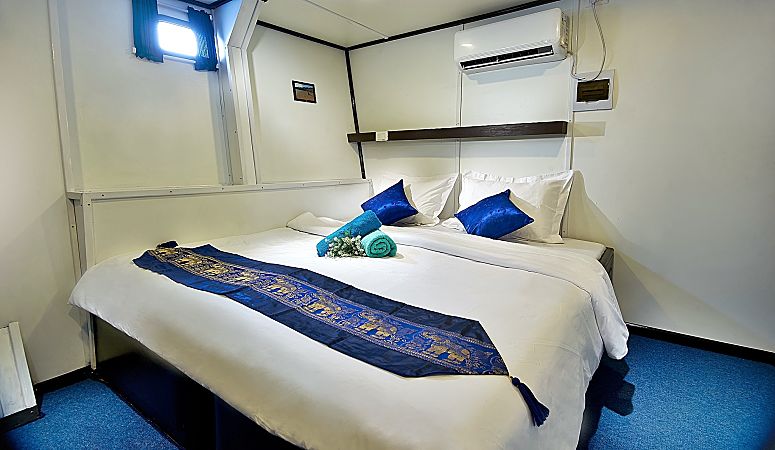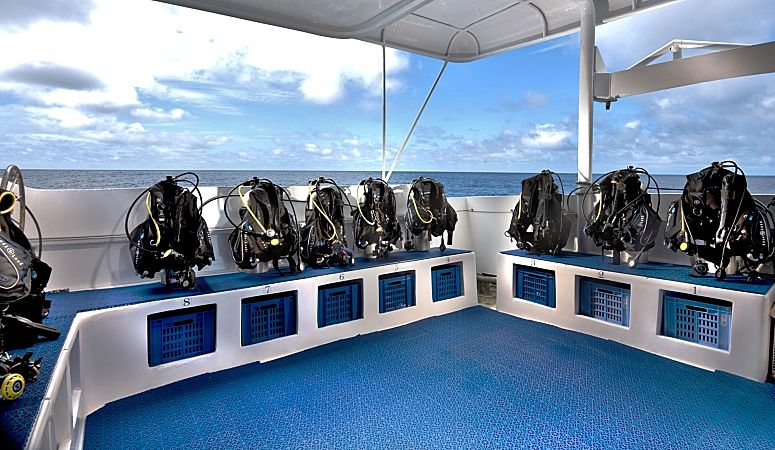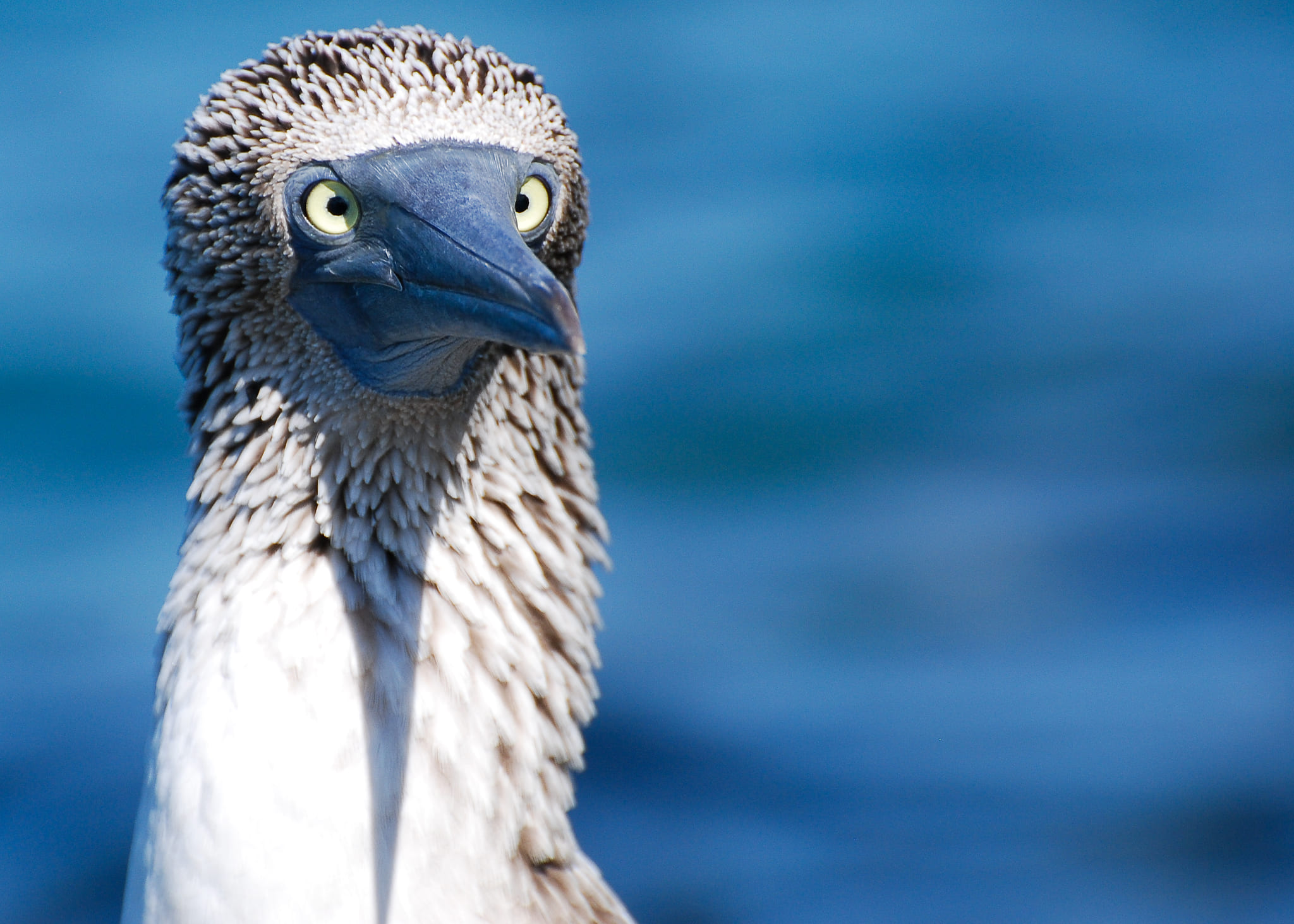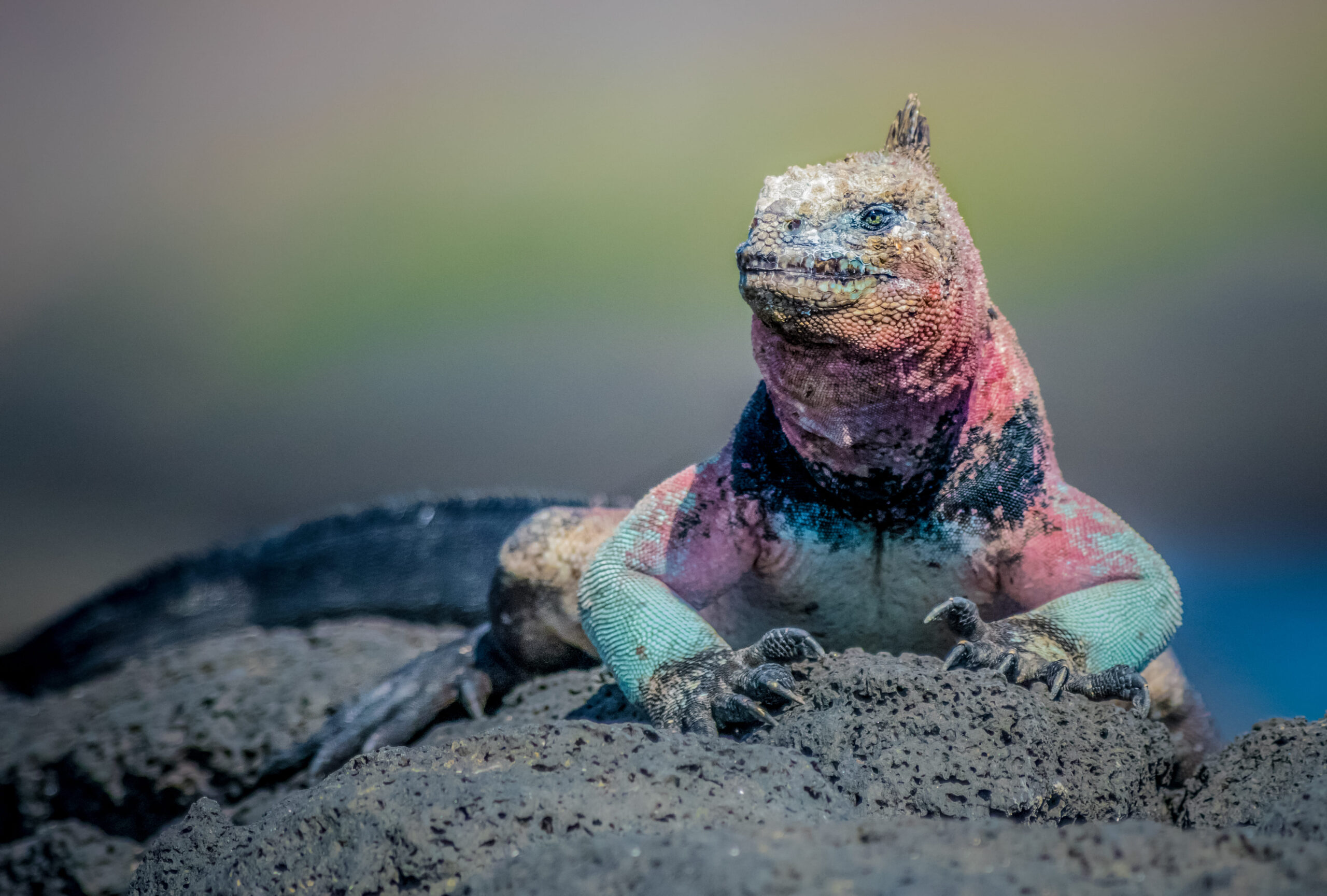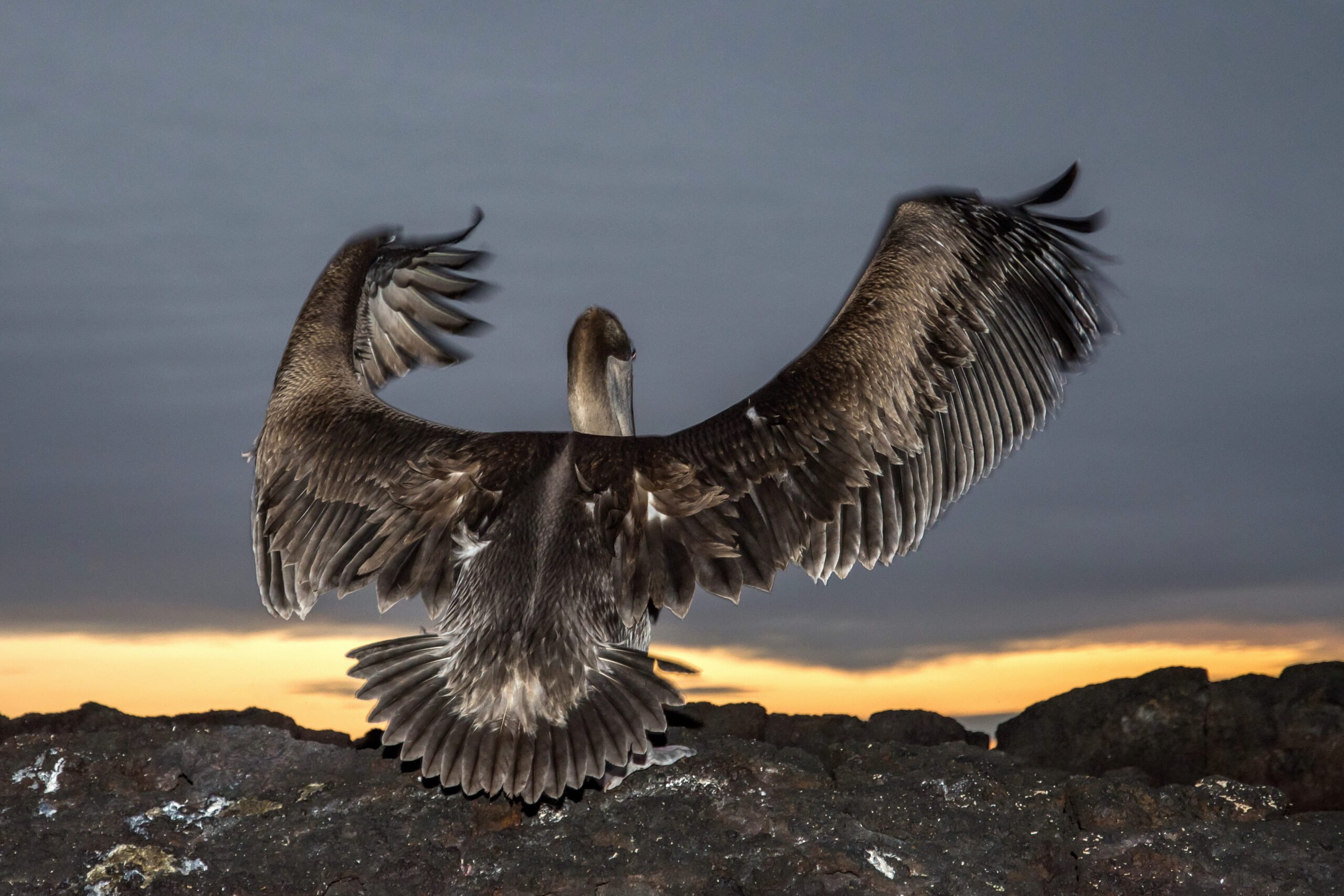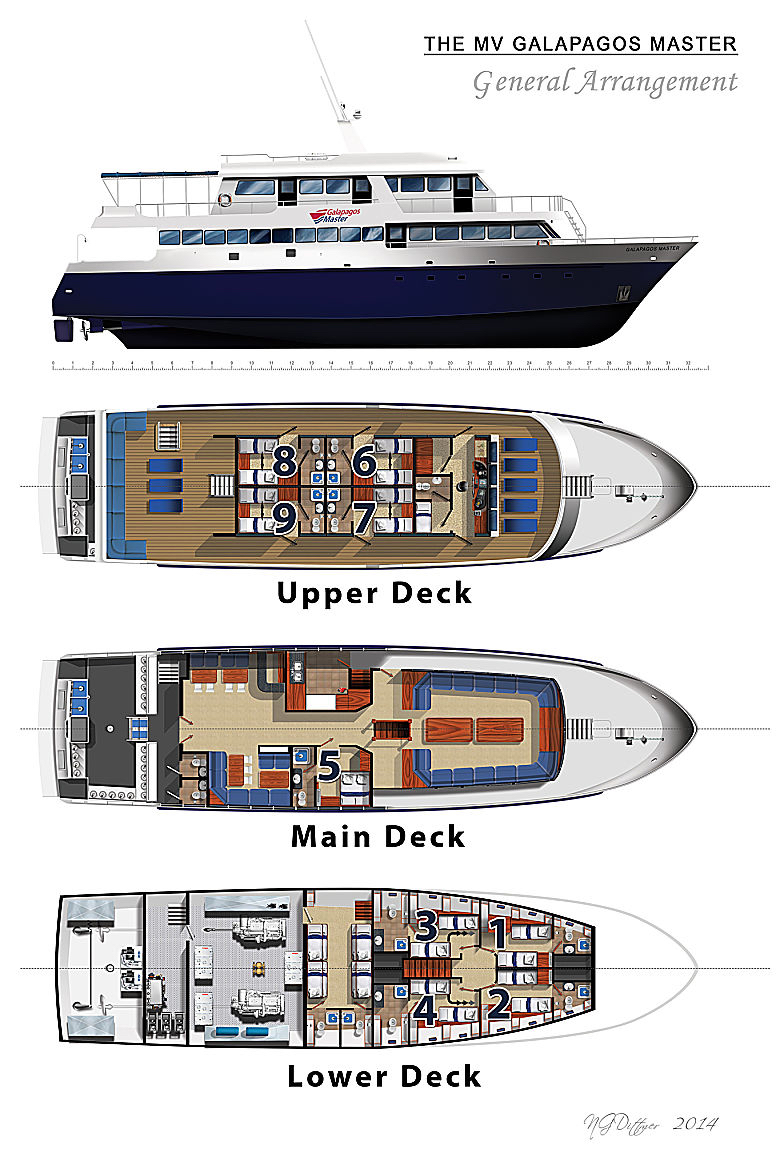Aboard Galapagos Master you’ll have up to 4 dives per day …. including at Darwin & Wolf. The exact itinerary is always weather and conditions dependent … however, this itinerary is valid unless conditions dictate a change and the plan will always be to visit the best of Galapagos diving.
Itinerary & itinerary map for Galapagos Master
On a typical day you’ll have up to 4 day dives, although a night dive may be substituted for the 4th day-dive when the boat is anchored within a sheltered cove.
A 7-night itinerary provides from 18 – 20 dives while on a 10-night itinerary, up to 30 dives are possible.
The typical diving day aboard the Galapagos Master follows:
light breakfast followed by a briefing and dive 1
full breakfast & relaxation period
briefing and dive 2
lunch & relaxation period
briefing and dive 3
snack & relaxation period
briefing and dive 4 where possible
dinner
To allow guests to explore the Galapagos to its fullest, on days 2, 7 and 10, dives 3 and 4 will be substituted by island visits at North Seymour, Santa Cruz or Isla Isabela.
Dive sites
Punta Carrion – You’ll get larger pelagics here including white tip reef sharks, occasional hammerheads and Galapagos sharks. Sea lions are ever-present and there is the opportunity for some macro critter spotting with sightings of neon nudibranchs. Mild to medium current is to be expected.
Wolf Island – You’ll have selection of reefs & walls, medium to strong currents where the use of gloves and reef hooks is advised. Schooling pelagics are the main draw with sightings of hammerheads, white tips and Galapagos sharks at each site. During the season (May – November) whale sharks may also be seen here. Be on the lookout for red-lipped batfish, barracudas, moray eels and dolphins.
Darwin Island – Perhaps the most famed dive site is “Darwin’s Arch” which provides an amazing drift dive along the wall at an average depth of just 9m. Medium to strong currents bring with them hammerheads, black tips, silky and Galapagos sharks in large numbers! Schools of jacks are a common sight, along with turtles, angelfish and moray eels. Occasional sightings of tiger sharks, manta rays and bottle nose dolphins add to the thrill. Whale sharks may also be seen between May – November.
Douglas Cape – A wall dive, with an average depth of 20m (70ft), is famed for the feeding marine iguanas that congregate here along with sea lions, fur seals and rocketing penguins.
Punta Vicente Roca – Alternatively known as “The Ice Box”, due to its chilling thermoclines, this point off the Northwest coast of Isabela Island offers a wall drift dive, along which mola mola can be spotted.
Roca Redonda – This underwater volcano, with its bubbling streams of natural gas (fumaroles) is home to schools hammerheads sharks and barracuda. With typically strong, changeable currents as well as some down currents, the diving here is challenging, though with an average depth of 18m (60ft).
Cabo Marshall –The craggy volcanic walls are covered with black coral and the sheer variety of marine life is astounding. Sightings of manta, mobula and cownose rays are to be expected during the warm season (November – May). Meanwhile shark varieties include scalloped hammerhead, Galapagos and white tips. Of course, you’ll also see the ubiquitous sea lions and turtles.
Cousin’s Rock – One of the most photographically productive dives of the region, Cousin’s Rock is formed of coral covered rock and lava flow. Sea fans, hydroid bushes, red sponges and small hard corals encrust ledges and overhangs sheltering hawkfish, nudibranchs, frogfish and seahorses. Plenty of larger visitors are also seen including giant manta and mobula rays, spotted eagle rays and hammerhead sharks. The wall drops beyond 30m (100ft) but rises up shallow to just 3m (10ft) providing an ideal spot to end your dive playing with the sea lions.
